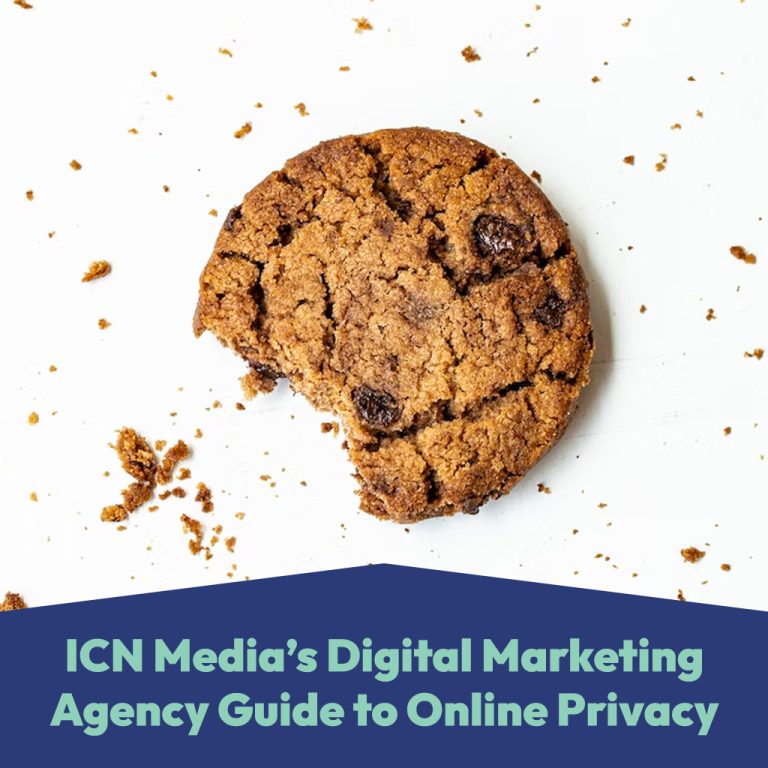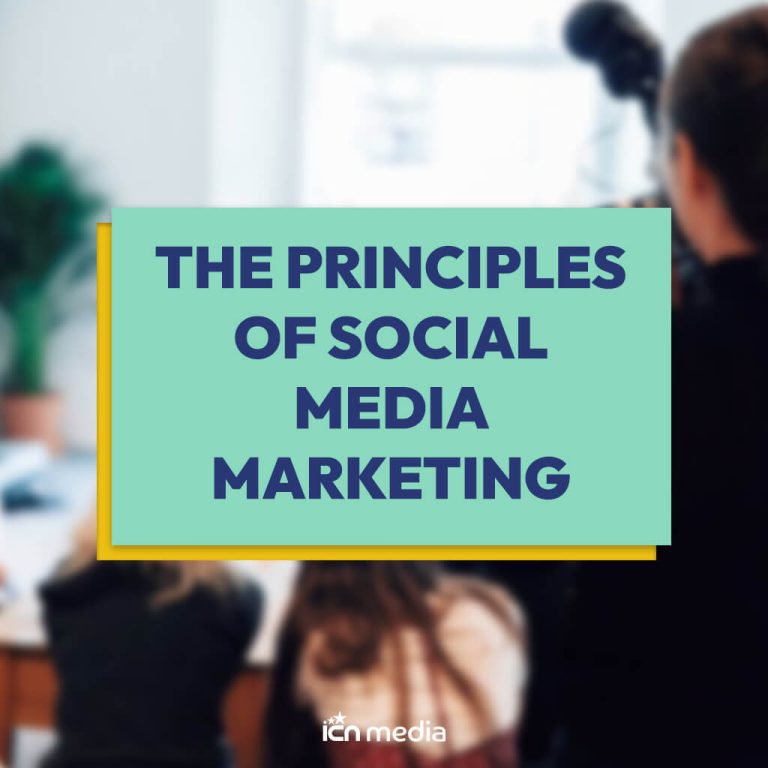Email marketing is an incredibly useful tool for any business looking to grow their sales leads and gain new customers. In 2022, each email generated $36 per $1 spent, with the best email marketing strategies and tools, you too can reach this high return on investment.
Your Guide to a Successful Email Campaign:
Finding your user base
Your initial investment in an email marketing database is possibly the most important area to get right. This is where the majority of the spending for email marketing goes, so a good quality database relevant to your target user base is essential.
A reliable database of user information and email hosting site setup is an invaluable tool for email marketing. This technique can prevent your emails and by extension, your website, from being marked as spam. Your site reputation is linked to all connected activity, including email delivery. Therefore, your online presence can decline if your database has a high level of subscriber decay (see below).
In addition to providing a quality email database, a common workaround for this issue is to set up an alternative domain for emails. If the email account and website do not share the same address your site’s reputation is protected from an unsuccessful campaign.
HTML or Plain Text?
This debate is a much-talked-about topic in the email marketing world. What is lost in terms of style and impact when a plain text email is used instead of HTML? How can plain text benefit your bounce rates whereas HTML can be more likely to be marked as spam?
HTML is a coding method used to create a multimedia email with images, video, colour, and other branding and styles. Business-to-Consumer (B2C) marketers commonly use this format. A typical B2C HTML email will use a snappy and eye-catching message and demonstration of product images. A picture paints a thousand words. Your business can promote itself without lengthy ad copy few people will read by creating a distinct and clear visual HTML email.
However, the extra coding used in HTML emails can cause problems on the technical end by preventing your email from properly rendering or even sending emails. Google’s Gmail email client disables many HTML features, and mobiles often have more trouble rendering and spacing HTML elements.

Using a plain text email, you can get a basic message across without facing these difficulties.
Although you do lose the style afforded by HTML, plain text uses ASCII coding has many benefits. ASCII emails utilise a stripped-down number of options. As a result, you need to reconsider the actual text and message of your email. Your message becomes the focus without attention-grabbing images available with HTML. This is a better way to gain Business-to-Business (B2B) customers who appreciate a straightforward message that clearly presents what your business has to offer.
Long or very Short Text?
The sooner you make your point the better in marketing. Long-text emails with a lot of non-relevant information are unlikely to get read by many recipients. If you need to include a lot of detail to explain a more complex or specific service in your email, make sure to clearly introduce the key message at the start of the email. It is important to emphasize the right information before contextualizing your offer where required.
When writing ad copy, short sentences and paragraphs are key for emphasis and improved reader retention. However, emails less than 50 words can have minimal impact, the ideal length being between 50-200 words. That means your email should be the length of the text below this subheading. You need to provide a good amount of relevant information to promote your business or offer and explain clearly the benefits.
Reaching the right balance between concise emails and providing information for your audience can be a process of trial and error. However, finding which approach works best for your business is important to begin to see success in your email campaign.
How many Emails Should I Send to Follow-Up?
Timing is vitally important to the success of a marketing email. If your business sends too many emails in a short amount of time, you can come off as too pushy or even get marked as spam. However, sending just 1 introductory email and not following up soon enough can limit the visibility of your message.

The average campaign is around 3 emails long, with an introductory email, a reminder, and a final email. Each of these should include the option to unsubscribe from your email list. This not only gives the recipients the option to remove irrelevant emails from their inboxes, but also helps you target future campaigns and follow-ups to users who are more likely to respond positively to your emails.
You should carefully plan each campaign to be appropriate to the targeted users and the purpose of your campaign. If your email is about a limited-time discount or offer, more emails in faster succession may be beneficial, market research finds that 33% of marketers send an email each week.
However, if you are reaching out in a B2B capacity, providing a non-intrusive campaign of 3 emails spaced over a number of weeks may be preferable. This drip approach can form a more professional relationship with your recipients.
A/B testing
Email data is a priority source of information on the success of your marketing strategy as a whole. Unlike social media marketing or SEO, there are minimal external impacts, updates, or changes that occur over time. This means that comparing your metrics over time is a much simpler job.
You can use this data to hone your email marketing strategy and discover the email marketing best practices that work for your business. The best email marketing ideas can come from the failures of previous campaigns or from comparing similar campaigns run in an A/B test.
Tweaking the length, regularity, timing, or even coding style of different campaigns with a similar message and sending these to similar audience groups provides a lot of useful data when you study and compare email marketing metrics that are important to your goals.
Email Marketing Metrics to track
For a successful lead-acquisition direct email marketing campaign, the most important metrics to track are the Open Rate, Click-Through Rate (CTR) and Conversion Rate.

Open Rate
This is the most straightforward way to measure the success of your campaign. However, not necessarily the best indication of a successful lead-acquisition email. In 2023, the average open rate for email marketing was only 38.3%. But by using our smart email marketing strategies you can get your campaign above the average. You should aim for this open rate as a benchmark for a successful campaign. However, you can achieve a higher rate with an eye-catching, interesting subject line and preview text.
Using numbers, like customer satisfaction rates, possible savings, or a relevant statistic in the preview email text they see in their inbox or notifications can attract more initial interest. You can stand out in your recipient’s inbox using a unique subject. This makes a first impression that encourages potential customers to interact further with your marketing.
For a mobile-friendly email campaign, preview text provides space to add extra context to your subject line on the first interaction with the email. Unlike on desktop, mobile inboxes don’t automatically display the entire email alongside the subject line. A quality preview text provides more characters to get your point across, seen to improve open rates by 7%. However, this feature is only available in HTML email formats so the decision is going to be different for each business and campaign.
Click-Through-Rate (CTR)
A high CTR is a sign that your Call to Action (CTA) is successful in bringing traffic to your site. You gain traffic and potentially a new customer each time a user is interested in what you have to offer and clicks a link to your site to learn more,
The email copy should reflect your business’s unique selling points, offers, or products in a straightforward way. Avoiding overly flowery language or promoting your business too much before getting to the main point can decrease the CTR of your email campaign. This is especially true for B2B campaigns read by recipients with limited time.

You can find more tips and tricks to optimising your email copy and CTAs in our sister blog: The Art of Email Marketing.
Conversion Rate
Despite being a reflection of your website’s content success and user retention quality of your landing page rather than the email itself, the conversion rate is just as important as any other metric- perhaps even more.
A low conversion rate indicates that the tone or content of your email doesn’t accurately reflect the service you present on your website. Although it may be tempting to exaggerate your success rates or overinflate the quality of the content of your services when looking to gain leads, this is not a successful long-term strategy.
Your emails will only gain conversions by accurately and honestly marketing what you offer, your business’s approach, and your purpose. If a user comes to your site looking or hoping for something different from what they can actually get, you will not gain a long-term customer from your lead generation campaign.
Conversion rate optimisation is key to developing a long-term and successful customer acquisition strategy from any form of marketing. Email marketing has a higher return on investment as a direct method than some other techniques. This is because it targets the most relevant audience and can guide them successfully towards the conversion point with only a few interactions.
Some other key metrics to track include:
- Bounce Rate: This is the ratio of successful deliveries to a target’s inbox to failures due to being marked as spam, or a vacant or invalid email. A rate of over 40% suggests an issue with the relevance of your email database and you need to audit your email subscriber list.
- Subscriber decay: Over time a database of emails loses its usefulness. 22.5% of emails become vacant or invalid each year on average. A high-quality database that updates and is audited regularly by your email database provider or hosting service is key to avoiding spending money sending emails that will automatically bounce.
- Number of Opens per User: if a campaign has a low open rate, you can still find value from the customers you do reach. If a single recipient opens or shares your email multiple times, they may be seriously considering your offer and are therefore further along in the sales funnel. Sending a follow-up email with a personalised message or offer could be the next step to gaining a valuable customer.
What is the SQUID Email Marketing Tool?
Behind every great email marketing campaign is a distribution and tracking method. The best email marketing tools assist campaigns every step of the way, from planning to sending and evaluating the success of the campaign. ICN has designed our SQUID email tool to provide seamless and precise management to any email campaign.
When combined with the SQUID Digital Marketing Performance Tool plugin, you can identify which of your users came from which marketing campaign. This allows you to more effectively budget campaigns to get the most from your marketing.
For more information and next steps, you can fill in our ‘Work with Us’ form. You can also contact the ICN team at +44 (0)115 8244 448 or gb@icn-apps.com.
Sources and further Marketing Email Tip Guides:
- Email Open Rates By Industry (& Other Top Email Benchmarks) – Sam Cahoon for HubSpot (2023)
- A Practical Guide to Email Marketing Metrics – Dan Hughes for DMI (2022)
- Email Length Best Practices for Email Marketers and Email Newbies – Campaign Monitor (2020)
- How Long Should a Marketing Campaign Last? – Dean Dallman for Red-Fern (2019)
- HTML vs. Plain Text Emails: Everything You Need to Know – Campaign Monitor (2019)
Blog by ICN’s SEO Analyst & Content Creator Gemma Gibson


